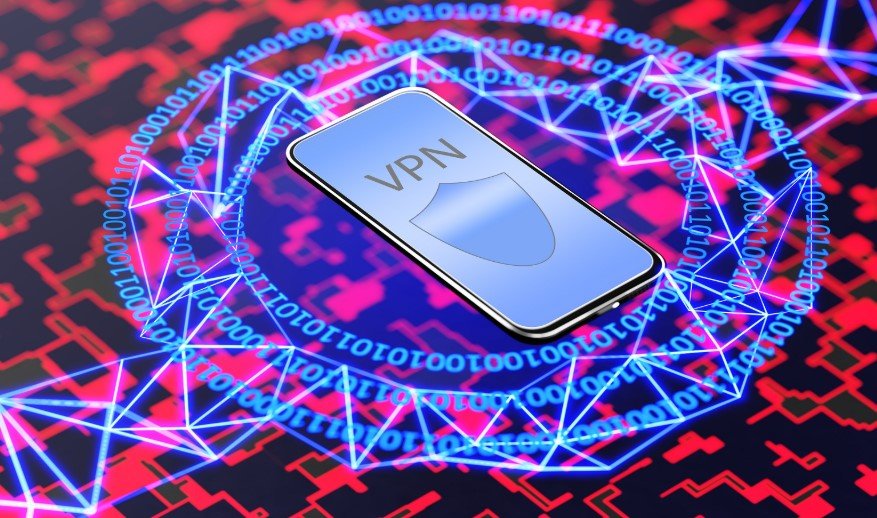The state pulled the plug on an entire country. But how exactly do you shut off the internet—and what happens next?
For days, Iranians found themselves eerily cut off from the world. No WhatsApp messages. No Instagram updates. Even basic websites wouldn’t load. What started as slow glitches on phones across Tehran quickly snowballed into a near-total internet shutdown.
It wasn’t an accident. The government ordered it. Just like that, a country of nearly 90 million was mostly offline—again.
From Tehran to Tabriz, the Network Went Silent
This latest digital blackout, triggered amid growing regional conflict and reported cyber threats, has brought Iran’s controversial internet controls back into the global spotlight. It’s not the first time this has happened. But for many Iranians, it was the first time they saw how much their day-to-day life depends on staying connected.
Unlike in democracies where mobile carriers and ISPs are independent, Iran keeps its digital levers firmly in state hands. Over years, it has built an architecture that makes cutting access a button-push exercise.
“There were no signals. Not even SMS was working at one point,” said a university student in Shiraz via a virtual private network (VPN) after partial access returned. “It felt like we were in the dark. No news. No updates. Just rumors and fear.”
How Do Countries Shut Down the Internet?
There’s no giant “internet off” switch in most places, but in Iran, it’s a different story. The infrastructure was designed to be controllable—by design, not accident.
Think of the internet like a series of highways and traffic signs. Most countries allow different private companies to control parts of the road. In Iran, the government owns the highways and can put up as many stop signs as it wants, whenever it wants.
There are two main ways a country like Iran can restrict access:
-
Cut connections at the source (think: fiber-optic cables and internet exchange points).
-
Block certain services (like social media) using deep packet inspection (DPI) and national firewalls.
Iran’s internal “National Information Network” — sometimes called the “halal internet” — allows internal services to keep functioning even if the global web is shut down. Banks still work. Some government services too. But everyday folks? Not so lucky.

The Rise of the ‘Halal Net’
While the phrase sounds innocuous, Iran’s National Information Network is a digital ecosystem meant to reduce dependency on the global web. It’s part surveillance tool, part backup plan.
Over the years, authorities have invested heavily in making sure citizens rely on Iranian apps and websites. That way, even when the internet is “cut,” local traffic flows.
It also helps with monitoring.
In 2019, Iran blacked out the internet for almost a week during mass protests. Human Rights Watch called it “a calculated attempt to suppress dissent.” In 2022, amid the Mahsa Amini protests, access to Instagram and WhatsApp—two of the last uncensored platforms—was cut.
This time, though, it wasn’t just about protests. With U.S.-Iran tensions boiling again and retaliatory threats flying across the Gulf, Iranian officials blamed “foreign cyberattacks” and “security concerns” for the move.
One security analyst told us, “The government fears more than just missiles. Information is a battlefield.”
Is This Even Legal?
Depends on who you ask.
In authoritarian regimes, legal justification is often retroactive. Emergency security orders. National interest. Safeguarding the public.
But digital rights advocates say internet shutdowns do more harm than good, especially during times of unrest. When people can’t verify news or contact loved ones, panic spreads. So do false reports.
According to Access Now, a watchdog group tracking global internet freedom, Iran had the highest number of shutdown incidents in the Middle East in 2024. And now 2025 looks poised to repeat the trend.
Here’s how Iran compares to other countries known for frequent shutdowns:
| Country | Total Shutdown Events (2024) | Most Common Reason |
|---|---|---|
| Iran | 42 | Protest suppression, security |
| India | 35 | Regional conflict, exams |
| Myanmar | 28 | Coup-related control |
| Ethiopia | 14 | Civil unrest |
People Work Around It — But It’s Getting Harder
Of course, Iranians haven’t given up. Many use VPNs to route traffic through other countries. Others rely on satellite services or makeshift mesh networks. Still, the state is catching up.
VPNs get blocked faster now. Google searches timeout. Even encrypted apps struggle to load without steady bandwidth.
“There’s a cat-and-mouse game going on,” said Paul Haskell-Dowland, a professor of cyber security at Edith Cowan University. “But the cat has the home-field advantage.”
One middle-aged engineer in Isfahan laughed bitterly. “We’ve gone from landlines to WhatsApp to nothing. And now we’re back to landlines again.”
Can It Happen Elsewhere?
Technically, yes. But it’s much harder in decentralized, privatized countries. Governments would need the cooperation of telecom companies—or impose emergency rules like India has done in certain regions.
But even then, it’s rarely nationwide. Partial blackouts? Yes. Entire country dark? Very rare.
The real danger lies in how normalized these shutdowns are becoming.
“Once governments get a taste of that control, they find reasons to use it again,” said Mohiuddin Ahmed, a senior lecturer at Edith Cowan University and co-author of a recent report on Iran’s blackout.
It’s the kind of power you don’t easily give up.
The Price People Pay
Beyond the politics and tech jargon, there’s the human cost. Families disconnected. Businesses halted. Students missing exams. People simply trying to check the weather or send a birthday message—locked out.
-
E-commerce platforms froze, affecting small vendors.
-
Online banking access slowed to a crawl.
-
Medical appointments scheduled through apps had to be rescheduled manually.
One digital entrepreneur in Tehran said his clients vanished for five days. “No one could reach me. I might as well have been on the moon.”








